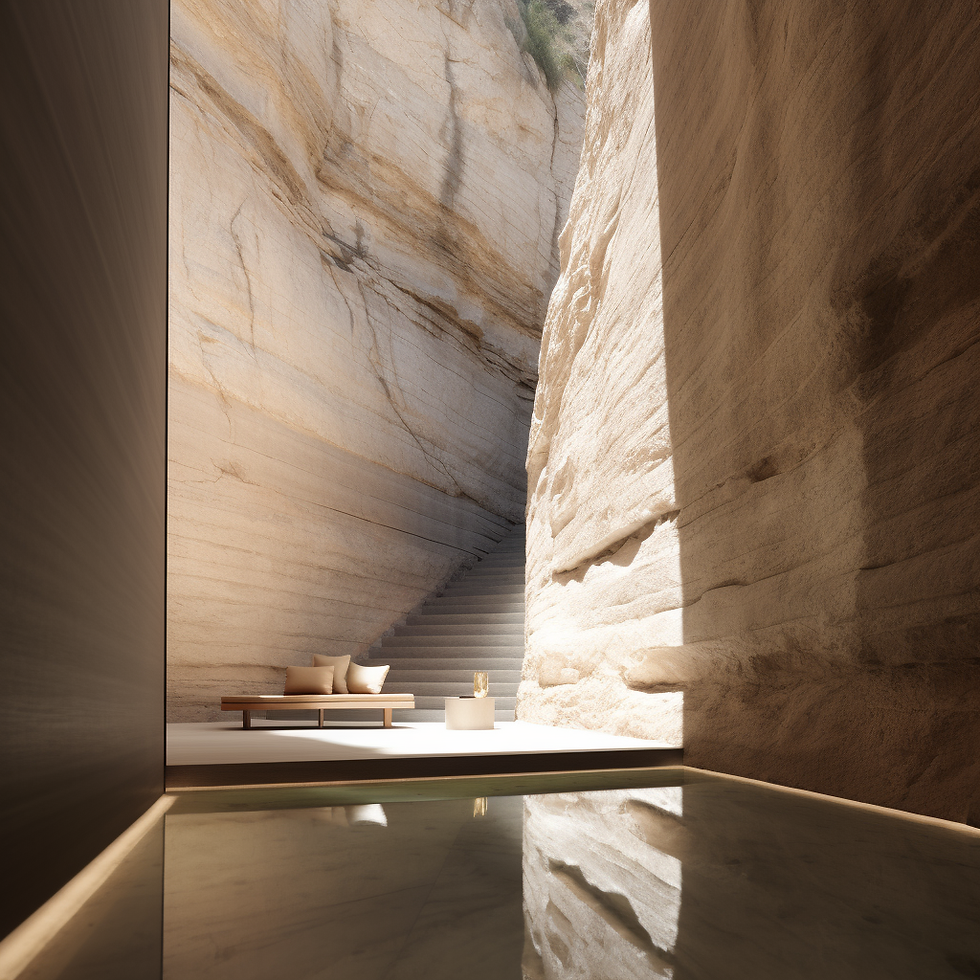Infilling Voids in Petra: Integrating Architecture with the Natural Environment
Petra, Jordan, is a UNESCO World Heritage Site known for its ancient Nabataean city carved into the sandstone cliffs of a slot canyon. The city is a marvel of engineering and architecture, and its design is perfectly integrated with the natural environment.
One of the most striking features of Petra is its use of voids. The Nabataeans carved large voids into the cliffs to create temples, tombs, and other structures. These voids are not just empty spaces; they are carefully designed to create a sense of balance and harmony with the surrounding landscape. We have explored the concepts of integrating program within the the natural environment of Petra.

In recent years, there has been a growing interest in infilling voids in Petra with new architectural programs. This has the potential to create new spaces for visitors to explore and learn about the Nabataeans, while also preserving the integrity of the site.
One example of this is the Infill Project, which is a collaboration between the Petra National Trust and the University of Pennsylvania. The project is infilling a large void in the Siq, the main canyon leading to Petra, with a new visitor center and museum. The design of the new building is inspired by the Nabataean architecture, and it will be built using sustainable materials.

Another example is the Petra Kitchen Project, which is a collaboration between the Petra National Trust and the American Center for Oriental Research. The project is infilling a void in the city with a new kitchen and dining area for visitors. The design of the new building is inspired by the Nabataean cooking methods, and it will use traditional cooking techniques.
These are just two examples of the many ways that voids in Petra can be infilled with new architectural programs. This has the potential to create new and exciting experiences for visitors, while also preserving the integrity of this UNESCO World Heritage Site.
The Benefits of Integrating Architecture with the Natural Environment There are many benefits to integrating architecture with the natural environment. For one, it can help to create a sense of place and identity. When architecture is designed to complement the natural landscape, it can create a sense of belonging and connection to the place.

In addition, integrating architecture with the natural environment can help to reduce the environmental impact of buildings. When buildings are designed to take advantage of natural resources, such as sunlight and wind, they can reduce their reliance on energy from fossil fuels. Finally, integrating architecture with the natural environment can simply be beautiful. When buildings are designed to complement the natural landscape, they can create a sense of harmony and beauty that is both pleasing to the eye and the soul.
The infilling of voids in Petra with new architectural programs is a promising way to preserve the site and create new and exciting experiences for visitors. By integrating architecture with the natural environment, we can create buildings that are both beautiful and sustainable.
Visit Petra and experience the beauty of integrated architectural design.
Learn more about my work: www.malekalqadi.com
Support the Petra National Trust in their efforts to preserve Petra.

Comments